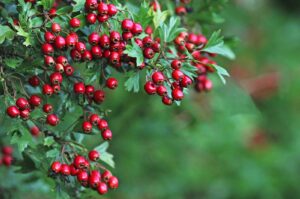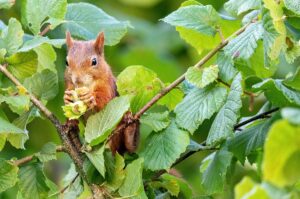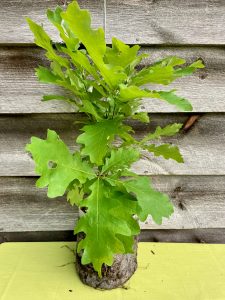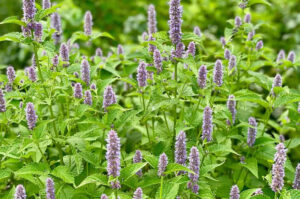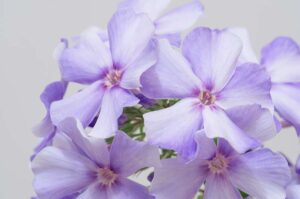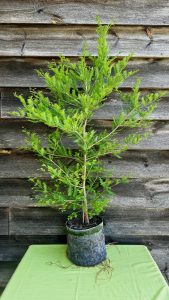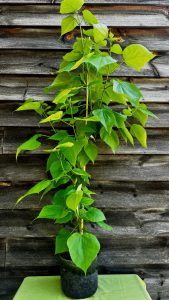
Holistic Landscapes
Holistic landscapes are productive, biodiverse, climate-resilient and aesthetically beautiful. They can include edible and medicinal plants, consider both form and function, provide habitat for native wildlife and people.
Edible Landscapes
Natural Abundance
We love integrating edible plants into landscapes, creating abundant food for humans and wildlife. Most edible species also have ornamental characteristics such as intricate bark patterns, unique form, or striking fall colors. These trees can produce crops of fruit or nuts for decades with minimum inputs. We use existing forest ecosystems as the inspiration for our food forest designs, where dozens of different edible and medicinal plant species can be grown in a relatively small area.

Functional Landscapes
Integrating Form and Function
Functional landscapes provide land services beyond just the aesthetic. These landscapes are designed to address specific issues within the environment. We locate plants where they naturally want to grow in densities appropriate to the surrounding landscape and the goals of the land steward. We also employ techniques such as key line plowing, contour designs, and landform adjustments and rain gardens to capture and infiltrate water where it’s appropriate and to move it from areas where it’s not desired. The solution to problems like flooding during heavy rain events can lead to beautiful and ecologically diverse landscape design.

Wildflower and Native Grass Meadows
Fields of Flowers
Imagine a diverse meadow filled with an assortment of wildflowers and native grasses instead of manicured lawns. These meadow ecosystems support a beautiful and varied community of plants, insects, and other wildlife, all while remaining low maintenance. Meadows are drought-tolerant ecosystems which sequester carbon and build healthy soil over time. Well-designed meadows have a species composition of wildflowers that offer continuous blooms for pollinators throughout the year. Many native grass species grow deep root systems which allow for greater water infiltration during extreme rain events. The diversity and texture of a wildflower and native grass meadow adds beauty into the landscape for many years.



